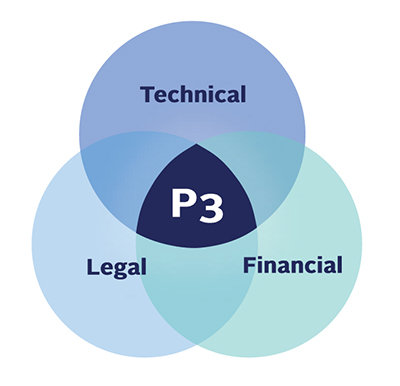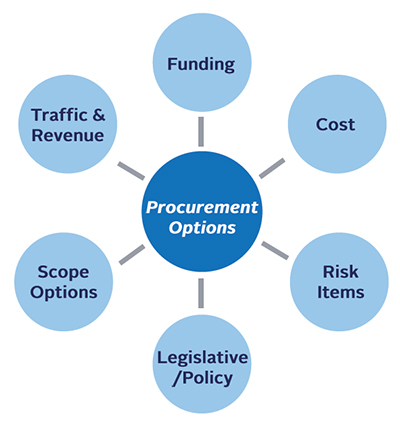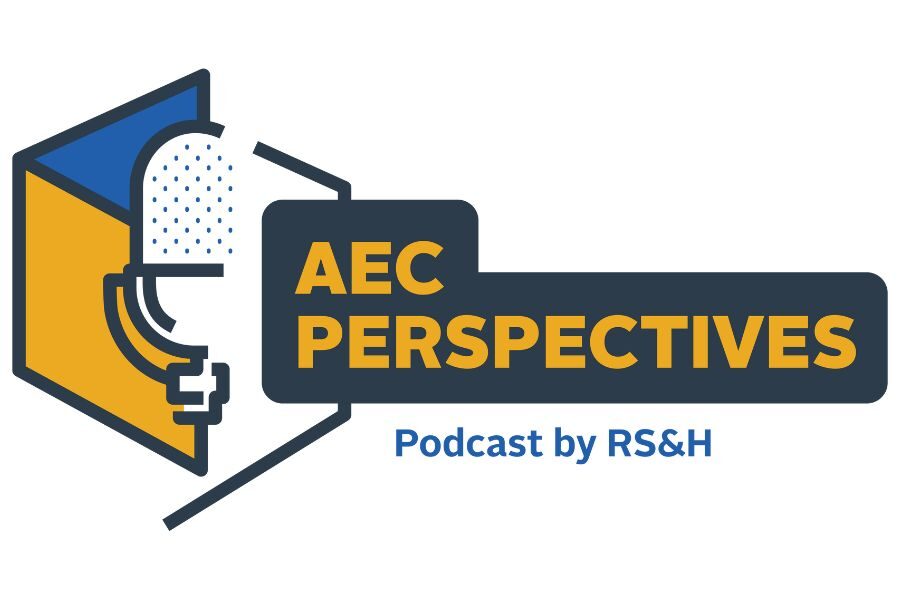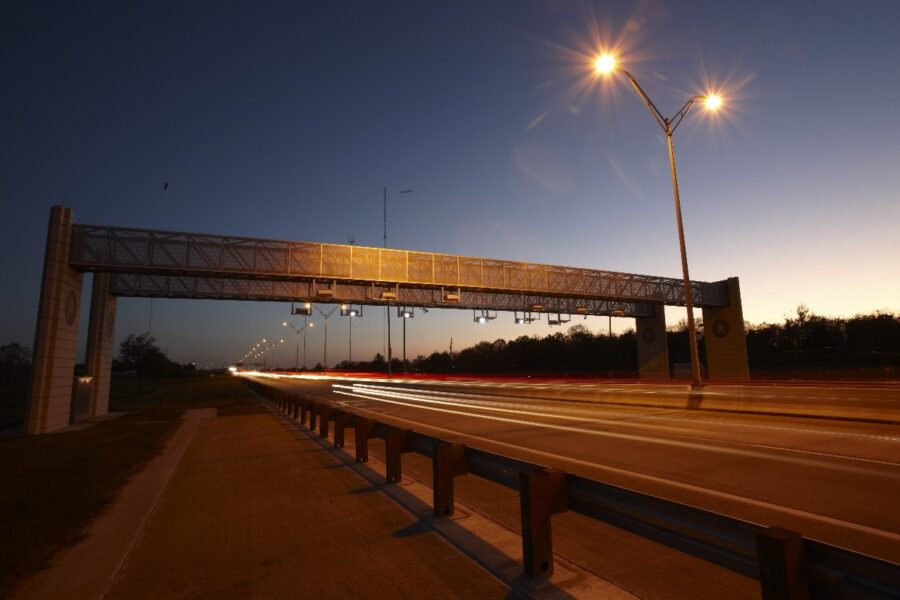Factors for Success as a P3 State

Why do Public-Private Partnerships (P3s) succeed in some states and falter in others? Success doesn’t come easy. The degree of each state’s or project’s success can be argued, but the following items have and will help pave the way for states to find more success when implementing P3 projects and programs.
-
There are many factors to consider when deciding on P3.
Federal Government Incentives – A major factor in many P3 projects has been the ability for private partners to utilize low interest loans through various federal agencies, in particular the Transportation Infrastructure Federal Investment Act (TIFIA). These low interest loans help the private entity compete with the public sector financing options while still providing value to the agency that owns the project. There could even be a higher emphasis placed on P3s to help advance the $1 trillion investment in infrastructure that new administration has pledged.
- Enabling Legislation – Currently, 35 of the 50 states have legislation that will allow for transportation P3 projects. Laws differ among states giving some state agencies flexibility in the identification of projects as well as the procurement and selection of a private sector partner, whereas other states may have to go through a series of approvals throughout the life of the procurement. If the legislation is too restrictive or leaves the decision making to politicians or other public boards at the end of procurement there will be increased risks to the private sector and states could struggle getting sufficient competition for their P3 project.
- Viable Alternatives – Most states that have had success developing P3 projects also have had successful and established design-build and DBB programs. Having other viable delivery options will allow states to capitalize on the benefits of P3 knowing they have other project delivery options to compete against a P3 if they are not able to get agreeable terms from the private sector for a P3 contract.
- Specialized Services – Many successful P3 programs have developed internal expertise as well as specialized external consultant expertise to navigate the complexities that an integrated P3 project and contract will bring. This includes legal and financial expertise, as well as technical know-how that can help establish performance criteria for long-term contracts.
- Proactive Public Outreach – States have realized the need to keep the public informed about the key risks, costs and if tolls are involved as well as the impacts to the local community. Early outreach to stakeholders along the project corridor, impacted federal and state agencies and public officials, allows time to educate the public and other stakeholders to address relevant concerns.
- Industry Outreach – Soliciting early industry feedback allows a public sector owner to gain important knowledge of potential competition, key risks and a way to generate interest in their project or program. The private sector developers that may be interested in a project have limited resources to invest in pursuits and early knowledge of potential projects allows them to plan accordingly. Early outreach also gives the public sector owner an opportunity to maximize competition and bring greater value for their projects.
P3 States and Tolling
The ability to toll can be the most significant asset for creating a successful P3 project, but can also be a significant stakeholder issue with affected communities and roadway users. Tolling can create a revenue stream that can be leveraged by the public sector owner, or a concessionaire, to finance transportation projects. There have been a variety of approaches in multiple states that have led to successful P3 projects.

P3 success requires an integrated approach to items that include technical, finance and legal.
When a state retains the toll risk for a project, it can still advance the project as a P3 by utilizing an availability payment structure. These are regular payments — typically paid monthly — that are guaranteed to a concessionaire of a project, if the concessionaire meets pre-determined performance measures. Payments are adjusted for any failure of the concessionaire to meet the performance requirements of the contract.
The payment is typically adjusted each year using a predetermined method for inflation and is meant to cover the project debt, financing, operations, maintenance and future renewal work, as well as a return on the concessionaire’s equity investment made on the project. This has been the preferred P3 model in Florida with South Florida’s I-595 P3 now in operation and the I-4 Ultimate project under construction in Orlando. These projects leverage revenue generated by tolling to advance much needed improvements in addition to the tolled express lanes. In both cases the state was able to avoid extended impacts to the travelling public, which would have occurred by building out these corridors over 20 years through multiple projects using the more traditional delivery method.
Virginia and Texas legislation does not permit availability payment P3s, but both states have had equal success advancing much needed transportation improvements utilizing a toll concession model where the concessionaire retains the toll revenue risk. Virginia has implemented High Occupancy Toll (HOT) lanes for both I-95 and I-495 corridors, and the state recently awarded an I-66 express lane P3 project that is also a toll concession.
Colorado has a true toll concession in place with the US-36 P3 and has switched to an availability payment P3 for the I-70 project that is under procurement. In many projects, the owner has to provide a public subsidy in order to make the projects feasible. Public subsidies can be thought of as down payments that reduce financial charges over time and also reduce the term of the agreement depending on the goals of the public sector owner.
Advancing transportation improvements in this manner allows the public to realize the benefits of a project earlier, including supporting economic development and regional competitiveness. The advancement of construction also gives local economies a boost through both short-term and long-term job creation. These are tremendous selling points for not only P3 delivery, but also the benefits that tolling has in making a P3 viable.
P3 is not a solution for all transportation needs and should not replace needed funding for transportation, but at some point in the future all states should consider P3 as a tool, particularly as funding projects becomes more and more difficult. If many of the items mentioned above fall into place for a given state, including effective tolling practices, then P3 will be a viable option for states to deliver their programs and reach their goals.




